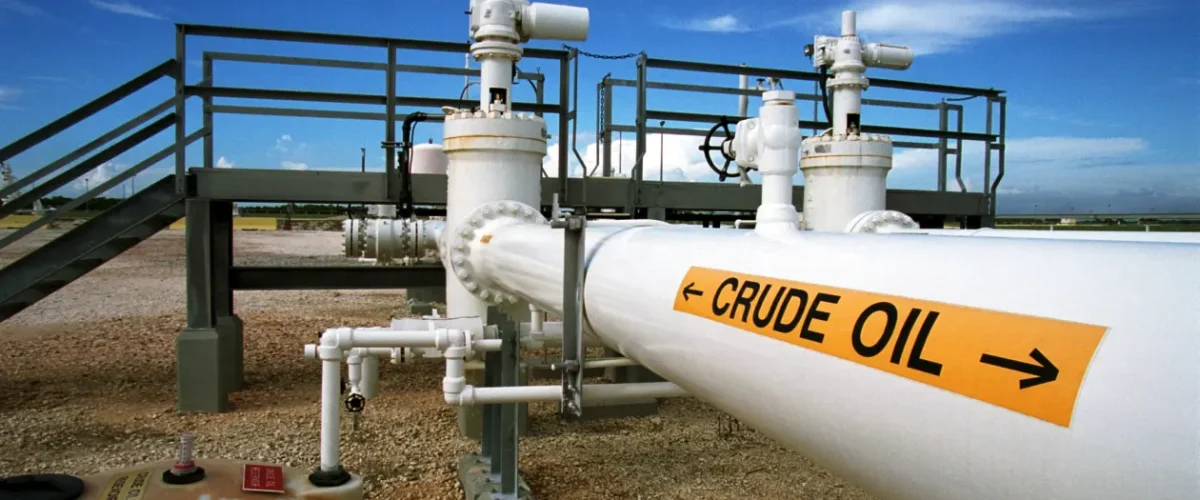U.S. commercial crude oil inventories, excluding those in the Strategic Petroleum Reserve (SPR), increased by 8.7 million barrels from the week ending January 24 to the week ending January 31, the U.S. Energy Information Administration (EIA) highlighted in its latest weekly petroleum status report.
The report, which was released on February 5 and included data for the week ending January 31, showed that crude oil stocks, not including the SPR, stood at 423.8 million barrels on January 31, 415.1 million barrels on January 24, and 427.4 million barrels on February 2, 2024. Crude oil in the SPR stood at 395.1 million barrels on January 31, 394.8 million barrels on January 24, and 358.0 million barrels on February 2, 2024, the report highlighted.
Total petroleum stocks – including crude oil, total motor gasoline, fuel ethanol, kerosene type jet fuel, distillate fuel oil, residual fuel oil, propane/propylene, and other oils – stood at 1.605 billion barrels on January 31, the report revealed. This figure was down 2.5 million barrels week on week and up 20.6 million barrels year on year, the report outlined.
“At 423.8 million barrels, U.S. crude oil inventories are about five percent below the five year average for this time of year,” the EIA noted in its latest weekly petroleum status report.
“Total motor gasoline inventories increased by 2.2 million barrels from last week and are slightly above the five year average for this time of year. Finished gasoline inventories decreased while blending components inventories increased last week,” it added.
“Distillate fuel inventories decreased by 5.5 million barrels last week and are about 12 percent below the five year average for this time of year. Propane/propylene inventories decreased by 4.8 million barrels from last week and are two percent below the five year average for this time of year,” it continued.
In the report, the EIA said U.S. crude oil refinery inputs averaged 15.3 million barrels per day during the week ending January 31. It pointed out that this was 159,000 barrels per day more than the previous week’s average.
“Refineries operated at 84.5 percent of their operable capacity last week,” the EIA said in the report.
“Gasoline production decreased last week, averaging 9.2 million barrels per day. Distillate fuel production decreased last week, averaging 4.6 million barrels per day,” it added.
U.S. crude oil imports averaged 6.9 million barrels per day last week, according to the EIA report, which highlighted that this was an increase of 467,000 barrels per day from the previous week.
“Over the past four weeks, crude oil imports averaged about 6.6 million barrels per day, 2.8 percent more than the same four-week period last year,” the EIA said in the report.
“Total motor gasoline imports (including both finished gasoline and gasoline blending components) last week averaged 593,000 barrels per day, and distillate fuel imports averaged 159,000 barrels per day,” it added.
Total products supplied over the last four-week period averaged 20.6 million barrels a day, the EIA stated in the report. It outlined that this was up by 3.3 percent from the same period last year.
“Over the past four weeks, motor gasoline product supplied averaged 8.3 million barrels a day, down by 0.2 percent from the same period last year,” the EIA said in the report.
“Distillate fuel product supplied averaged 4.3 million barrels a day over the past four weeks, up by 13.7 percent from the same period last year. Jet fuel product supplied was up 4.6 percent compared with the same four-week period last year,” it added.
In an oil and gas report sent to Rigzone Thursday by the Macquarie team, Macquarie strategists highlighted that, this week, the EIA “reported builds in commercial crude (+8.7 million barrels) and gasoline (+2.2 million barrels), with draws in distillate (-5.5 million barrels) and jet (-1.2 million barrels)”.
“All told, the broad contours of the release (large crude build and distillate draw) were consistent with our expectations, albeit tighter in aggregate,” the strategists said in the report.
“Within the crude balance, runs realized well above our expectation this week (+0.5 million barrels per day). Net imports were slightly below our expectation (-0.1 million barrels per day), with nominal implied dom. supply (prod.+adj.+trans.) above our expectation at 14.0 million barrels per day (we modeled ~13.8 million barrels per day),” they added.
“Among products, implied demand was again well above our expectation this week, with gasoline+distillate+jet at 14.7 million barrels per day (vs. ~13.8 million barrel per day est.), with the trailing four week average at 14.1 million barrels per day vs. 13.5 million barrels per day for the same four weeks last year,” the strategists continued.
“Likewise, total disappearance (impl. demand + exports) for those three products was also above our expectation at 16.6 million barrels per day (vs. ~16.3 million barrel per day est.), with the trailing four week average at 16.3 million barrels per day vs. 15.7 million barrels per day for the same four weeks last year,” they went on to state.


